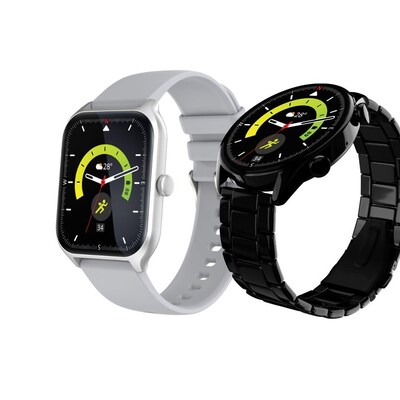
We are excited to bring Transform 2022 back in-person July 19 and virtually July 20 – 28. Join AI and data leaders for insightful talks and exciting networking opportunities. Register today!
Enterprise IT is getting so complex in the third decade of the 21st century that data management staff are finding that they need more help than employees can provide. They need reliable tools that can observe apps and infrastructure on a 24/7 basis, record important metrics and offer various options for potential solutions when problems show up – and that tends to be frequently.
VMware’s second annual State of Observability report, released last week, clearly points out these truths, among other key facts. One significant takeaway is that observability, which has been a background participant in enterprise IT for several years, has now gone mainstream.
Another finding reveals that 89% of respondents agree that today’s applications are significantly more complex and 97% report experiencing challenges monitoring cloud application environments, with visibility and insight issues increasing from last year, VMware’s senior engineering director of Tazu Observability, Mayan Weiss, told VentureBeat.
“We see this change in the market because we see how applications are now being constructed and run,” Weiss said. “IT used to be a big monolith on premises in a very controlled environment. Somebody in the organization used to be able to take you to a room and point at the physical setup and say, ‘Hey, your application is running right there.’ That was observability then. It’s a little more complicated now. Those days weren’t that long ago.”
As organizations look to become cloud-first to meet the growing demands of the shifts in the ways enterprises do business, we have seen the pace of digital transformation accelerate, Weiss explained. Digital transformations cannot be complete without observability tools in place, he said.
Enterprises have evolved their cloud strategies to multicloud environments and are adopting more containers, microservices and cloud-native technologies. This is creating increasingly distributed systems, making it harder to gain a comprehensive view into how they’re performing, Weiss said. As a result, legacy monitoring tools are obsolete for modern applications.
“The reason for that is the change to cloud computing multi-services. Together with the amount of data that is being generated in these applications, you can’t cope with it anymore,” Weiss said.
Monitoring merely collects data from the system and alerts admins to something being wrong. Observability goes beyond monitoring to interpret the data, providing answers on why something is wrong and how to fix it, allowing teams to pinpoint the root cause, minimize downtime and increase operational efficiency.
“Previously, the solution was to put an agent on the server that can do everything, collect everything – but there is no place to put the agent anymore,” Weiss told VentureBeat. “Services are becoming very volatile. They’re disappearing. They’re here now, they’re not here tomorrow. I’m not even talking about serverless. So, that’s a change that is trending.”
Takeaways from the research
Some other data points from the report include:
- 98% report observability would benefit their organizations, and more respondents this year (95%) agree that observability tools enable technical teams to more effectively support business decisions.
- Organizations that are using observability report significant benefits, with 87% rating the technology as either necessary (41%) or very valuable (46%).
- The sheer number of monitoring tools in most organizations’ toolsets presents a problem, with almost half (46%) using more than five different tools. Only 7% of all respondents say they are very satisfied with their current toolset for monitoring. While there’s a need to rationalize and simplify monitoring tool sets, a consensus on the best way to accomplish this hasn’t yet emerged.
- Almost half (48%) believe it is best to identify gaps in existing toolsets and acquire additional capabilities, and 38% would prefer to integrate existing or new tools with the goal of reducing the overall toolset.
- While evaluating new needs and starting from scratch was favored by just 14%, it was the only alternative that gained ground since last year.
This year’s survey included 315 qualified professionals. All are responsible for mission-critical cloud applications in a devops, SRE, architect, application delivery, or tools role at companies with at least 100 employees and 10 developers. Read the full report.






